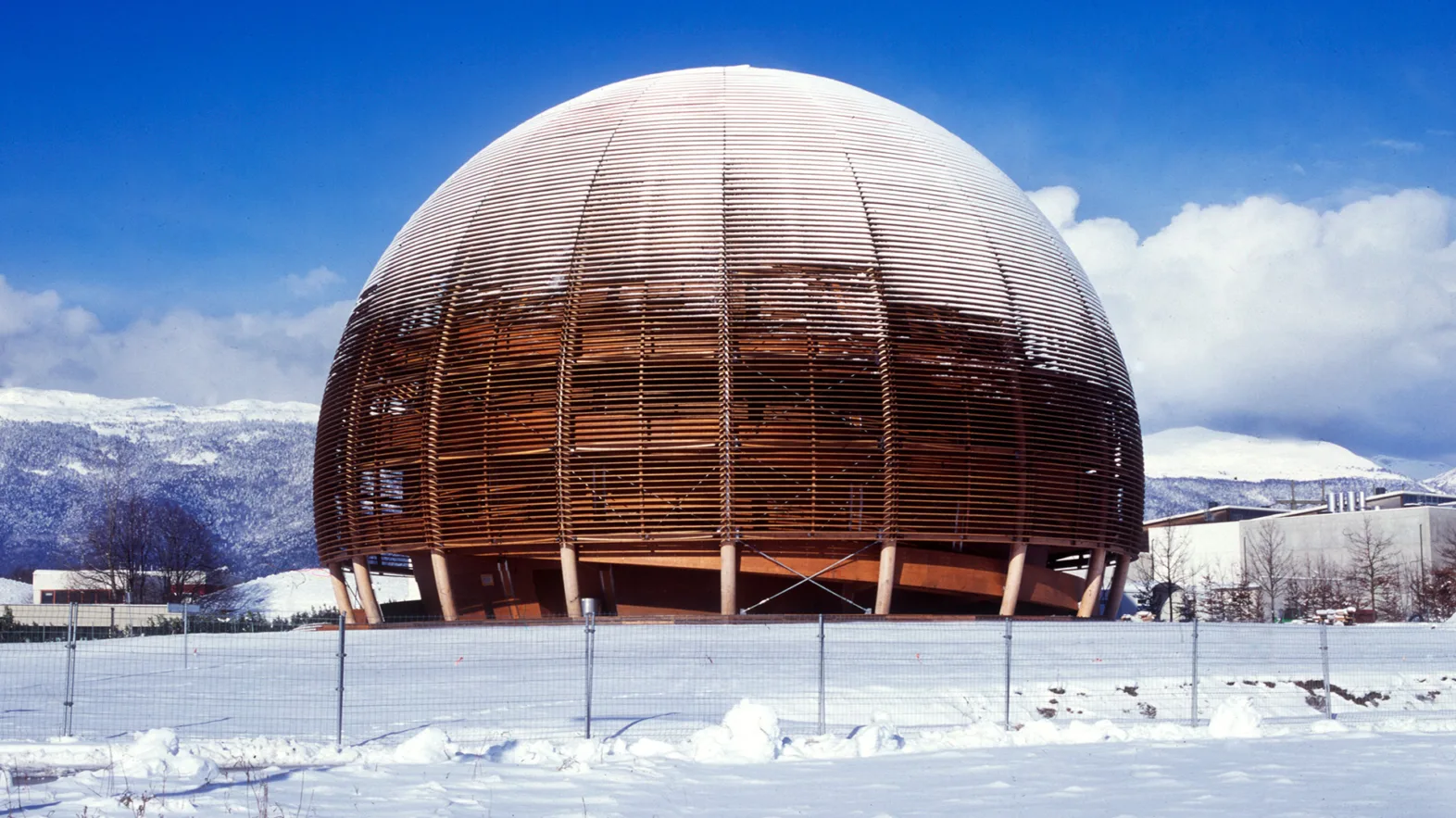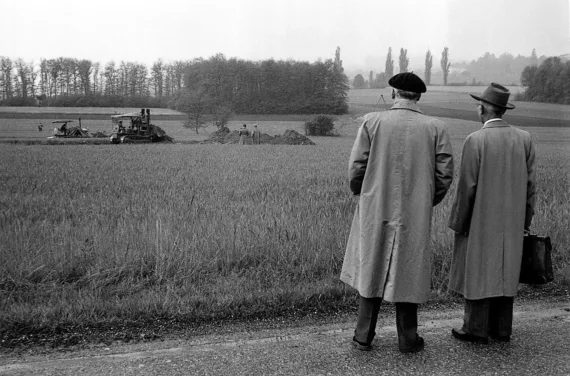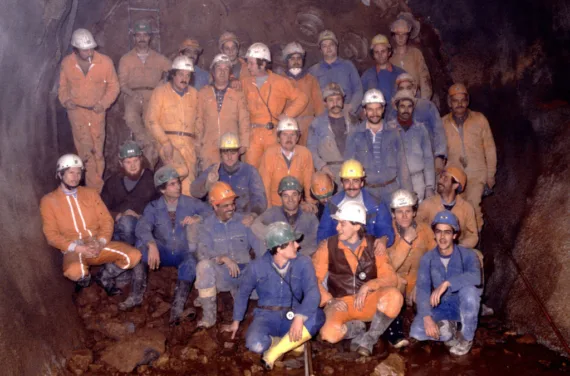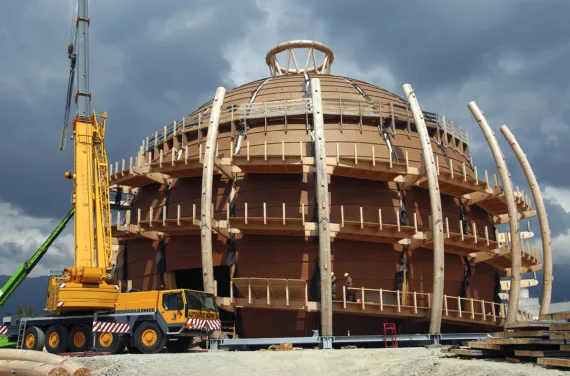70 years of CERN: A legacy of discoveries and a vision for the future
CERN is celebrating its 70th anniversary this year, making it one of the oldest international research organisations. CERN’s history is one of pioneering research, technological advancement and international cooperation. Its future promises to push the boundaries of knowledge even further.

CERN was founded in 1954 with the aim of promoting peaceful international cooperation through science. Twelve European countries, including Switzerland, signed the founding charter to build a centre for fundamental particle physics research on the French-Swiss border near Geneva. CERN’s mission was clear: to better understand the universe by studying the smallest particles of matter. Today, CERN has 24 member states, employs around 2,500 people, and is host to over 12,000 scientists from 110 countries. It has become a symbol of scientific cooperation across borders.
A look to the future and the next challenge
Long-term, strategic and ambitious planning is essential for research facilities as large and important as CERN. A feasibility study for the construction of the Future Circular Collider (FCC) is being carried out until 2025 on behalf of the CERN Council, which is made up of representatives of the 24 member states.
If built, the FCC would probe areas of particle physics that are still largely unexplored; the Standard Model of particle physics explains only visible matter, which makes up about five per cent of the universe. It leaves important phenomena such as dark matter and dark energy unexplained.
With a circumference of just under 91 kilometres, the FCC would be about three times the size of the Large Hadron Collider and would reach energies ten times higher. Researchers would be able to study particle collisions with a precision never before achieved and on a scale never before seen. The technologies developed for the FCC could drive innovation in areas such as computing, energy, medical imaging, cancer therapies, data processing and artificial intelligence.
If the results of the feasibility study are positive, the CERN member states will be able to decide on the construction of the FCC in 2027/2028 at the earliest. The project would provide scientific insights until the end of the century.
Switzerland’s role and commitment
As a host country of CERN, Switzerland has contributed to the laboratory’s success over its 70-year history. The strong partnerships between CERN and Swiss institutions reflect our country’s commitment to education, research and innovation. Switzerland will continue to play an important role in supporting CERN’s pioneering work and ensuring that the laboratory remains a centre of scientific excellence.
Milestones of the past 70 years
Discovery of the W and Z bosons (1983)
One of CERN’s first major breakthroughs came in 1983 with the discovery of the W and Z bosons, which confirmed the role of the weak force in particle interactions. This discovery won CERN’s scientists the Nobel Prize in Physics a year later, and cemented CERN’s reputation as the leading centre for experimental physics.
The World Wide Web is born (1989)
Tim Berners-Lee changed the way people share information when he invented the World Wide Web at CERN in 1989. Originally created to improve communication in science, the Web has revolutionised society on a global scale and has become one of CERN's most far-reaching contributions.
The Large Hadron Collider and the Higgs boson (2012)
The Higgs boson was discovered in 2012 using CERN’s Large Hadron Collider, the world's most powerful particle accelerator. The particle was first described theoretically in the 1960s. Its discovery was a milestone in confirming the Standard Model of particle physics, earning Peter Higgs and François Englert the Nobel Prize in Physics in 2013.
Technological and medical advances
Beyond particle physics, CERN has been the driving force behind many innovations, for example in medical technology: instruments originally developed for particle accelerators are now used in cancer therapy and medical imaging. CERN’s work in grid computing has revolutionised data processing in scientific disciplines ranging from climate science to genomics.



Contact
Author



